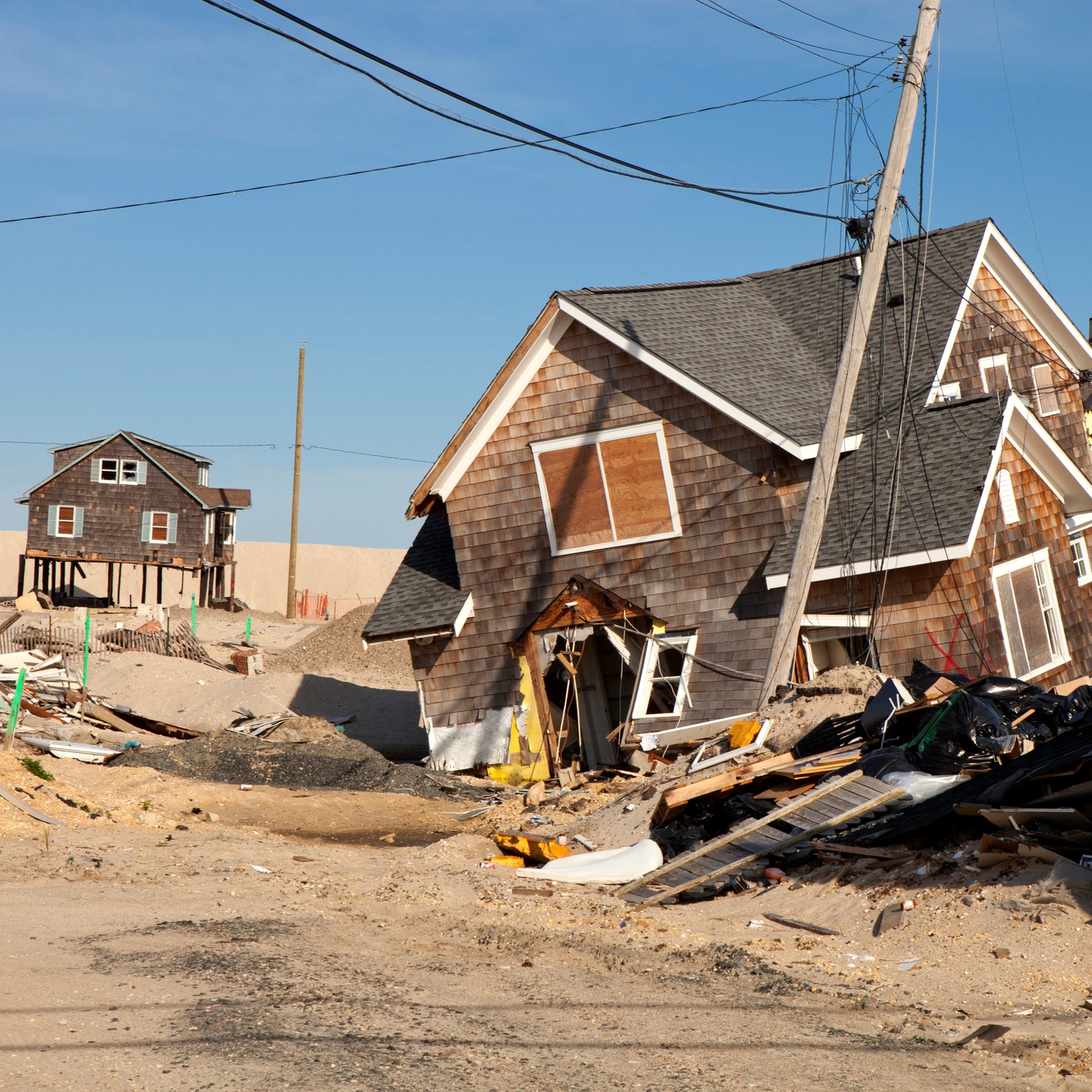Housing
Wind Damage From Hurricane Irma Could Affect Every Miami Property

Published:
Last Updated:

In an assessment of possible wind and water damage from Hurricane Irma when it makes landfall in Florida, analysts at CoreLogic conclude that 2.2 million commercial and residential properties in the Miami metro area are at “extreme risk” of wind damage from the storm. Only about 350 properties are rated as subject to “very high” and “high” risk, while none is rated as “moderate” or “low” risk.
Other Florida metro areas with large numbers of properties at “extreme risk” from wind damage include Port St. Lucie (234,597), Sebastian-Vero Beach (86,012), Cape Coral-Fort Myers (85,401) and Key West (26,117).
Metro areas facing “very high” risk of wind damage include Tampa-St. Petersburg-Clearwater (1.15 million), Orlando-Kissimmee-Sanford (448,287) and Lakeland-Winter Haven (320,052).
In all, CoreLogic’s analysis indicates that an estimated 8.46 million residential and commercial properties in Florida are at either “extreme,” “very high” or “high” risk of wind damage from Hurricane Irma. The firm’s storm surge analysis shows that an estimated 3.5 million residential and commercial properties in Florida are at risk of hurricane-driven storm surge damage.
The Florida metro areas with the more than 100,000 properties at risk from storm surges, along with the total at risk in each metro, are:
Storm surge occurs when water is pushed toward the shore through the force of powerful winds associated with cyclonic storms. High winds and low pressure created by a storm causes water to accumulate at its center, and as it moves across the ocean, the strong winds inside the hurricane act as a plow, causing water to pile up along the front of the storm.
A financial advisor can help you understand the advantages and disadvantages of investment properties. Finding a qualified financial advisor doesn’t have to be hard. SmartAsset’s free tool matches you with up to three financial advisors who serve your area, and you can interview your advisor matches at no cost to decide which one is right for you. If you’re ready to find an advisor who can help you achieve your financial goals, get started now.
Investing in real estate can diversify your portfolio. But expanding your horizons may add additional costs. If you’re an investor looking to minimize expenses, consider checking out online brokerages. They often offer low investment fees, helping you maximize your profit.
Thank you for reading! Have some feedback for us?
Contact the 24/7 Wall St. editorial team.